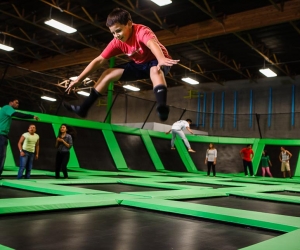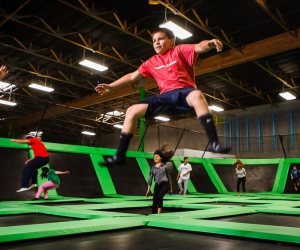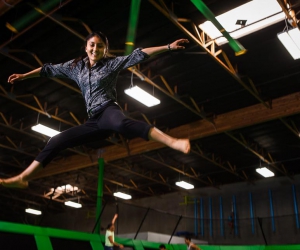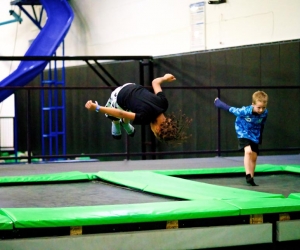Many parents are looking for safe, comfortable, and quiet ways for their children to exercise. Trampolines are a great tool to help keep them stimulated and active.
Some of the beneficial effects of trampolining are:
- An aerobic effect on the body, improving the intake of oxygen, to the benefit of the heart and lungs.
- An effect on muscles, increasing the muscles’ capacity for work.
- An effect on circulation – of particular value in instances where there is an interruption of the normal circulatory system, such as trauma.
- An effect on joints, strengthening the muscles, tendons and ligaments around the joint, and improving movement (and reducing the risk of developing some forms of arthritis).
- An effect of the internal organs. Even in seemingly passive activities on the trampoline, the effect of movement and the slightly increased G-force will be affecting the internal organs. This activity will be stimulating areas such as digestion and bowels, and will over a period enhance their efficiency.
The act of jumping has many health benefits; burns calories, releases endorphins, and also stimulates brain cells as well as exercises all the cells in your body. Trampolines for special needs children are becoming more and more popular. They are quickly becoming an asset for the parent and child relationship and are more than a toy or a tool, but a necessity.
Jumping on trampolines is a perfect activity for special needs children because it helps them improve their balance and can even be therapeutic, especially for children with autism, as the bouncing motion feels good to the child and helps them become aware of their body positions.























